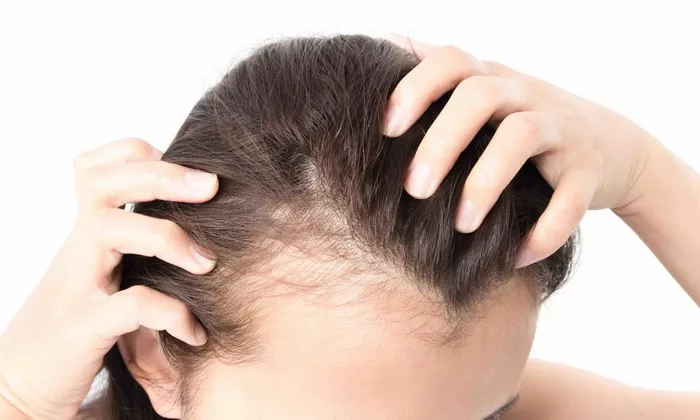Hair shedding is a natural part of the hair growth cycle, but how much shedding is considered normal? In this comprehensive article, we delve into the intricacies of hair shedding, explore what constitutes a normal amount of hair loss, and shed light on when to be concerned about excessive hair fall.
Understanding Hair Shedding
Hair shedding is a natural part of the telogen phase of the hair growth cycle. On average, people lose about 50 to 100 hairs per day, which may vary based on individual factors.
The Hair Growth Cycle
Understanding the hair growth cycle is crucial to grasp the concept of hair shedding. The hair growth cycle consists of three main phases:
1. Anagen Phase
The anagen phase is the active growth phase, during which hair follicles produce new hair cells. This phase can last anywhere from two to seven years, depending on genetics and other factors.
2. Catagen Phase
The catagen phase is a transitional phase that lasts for a few weeks. During this phase, hair growth slows down as the follicle detaches from the blood supply.
3. Telogen Phase
The telogen phase is the resting phase that lasts for about two to four months. At the end of this phase, the hair strand is shed, and a new hair begins to grow in its place.
Factors That Affect Hair Shedding
Several factors can influence the amount of hair shedding:
1. Age
As individuals age, the hair growth cycle may slow down, leading to increased hair shedding.
2. Gender
Men and women may experience different patterns of hair shedding due to hormonal differences.
3. Seasonal Changes
Some people may experience more hair shedding during seasonal changes, especially in the fall.
4. Stress
Stress can disrupt the hair growth cycle, leading to temporary increased hair shedding.
5. Medical Conditions and Medications
Certain medical conditions or medications may affect the hair growth cycle and lead to excessive hair shedding.
Differentiating Between Normal Shedding and Hair Loss
It’s essential to distinguish between normal hair shedding and hair loss, as excessive hair loss may be a sign of an underlying issue:
1. Normal Hair Shedding
Normal hair shedding is characterized by the daily loss of 50 to 100 hairs, evenly distributed across the scalp. These hairs typically have a white bulb at the end, indicating they have completed their natural shedding process.
2. Hair Loss
Hair loss, on the other hand, involves a more significant amount of hair fall, often resulting in visible thinning or bald patches. Hair loss may occur due to factors like genetics, hormonal changes, medical conditions, or medications.
When to Seek Professional Advice
If you are concerned about your hair shedding or experiencing excessive hair loss, consider consulting a dermatologist or trichologist. They can assess your scalp health, review your medical history, and conduct any necessary tests to identify the underlying cause of hair loss.
Tips for Maintaining Healthy Hair
To promote healthy hair and minimize excessive shedding, consider these tips:
1. Balanced Diet
Maintain a balanced diet rich in protein, vitamins, and minerals essential for hair health.
2. Gentle Hair Care
Avoid harsh hair care practices, such as tight hairstyles, excessive heat styling, and over-brushing.
3. Stress Management
Practice stress-reduction techniques like exercise, meditation, or yoga to minimize the impact of stress on hair health.
4. Avoid Excessive Manipulation
Limit excessive pulling or tugging on the hair to reduce unnecessary strain on the follicles.
5. Use Mild Hair Products
Opt for gentle, sulfate-free hair products that promote scalp health.
Conclusion
In conclusion, hair shedding is a natural part of the hair growth cycle, with an average daily loss of 50 to 100 hairs considered normal. Understanding the difference between normal hair shedding and hair loss can help individuals identify potential concerns and seek appropriate professional advice if needed.
Embrace the ebb and flow of hair shedding as a natural process and focus on maintaining overall hair health through a balanced lifestyle and gentle hair care practices. By prioritizing your hair’s well-being, you can nurture healthy, vibrant tresses and confidently navigate the various phases of the hair growth cycle.


